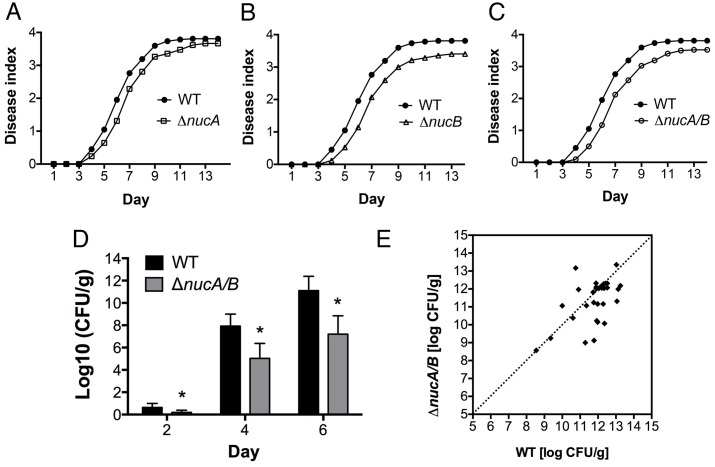Fig 5. Ralstonia solanacearum needs exDNases for full virulence on tomato.
(A-C) Disease progress on tomato. Twenty-one-day-old wilt-susceptible tomato plants (cv. Bonny Best) were inoculated by soil-drenching with 1x107 CFU/g soil of R. solanacearum wildtype strain GMI1000, ΔnucA, ΔnucB, and the ΔnucA/B double nuclease mutant. Plants were rated daily using a 0–4 disease index scale (0: no leaves wilted, 4: all leaves wilted). Each point represents the average disease index of 42 plants from three independent experiments. The virulence of all three nuclease mutants was different from wild-type strain (repeated-measures ANOVA, P<0.05). (D) The R. solanacearum ΔnucA/B double nuclease mutant was impaired in plant colonization, measured as bacterial population size in mid-stems of susceptible tomato (cv. Bonny Best) inoculated by soil-drenching with 107 CFU/g soil of either GMI1000 WT or the ΔnucA/B mutant. Data were obtained by grinding and serial dilution plating a mid-stem section at first sight of symptoms. Results are representative of two independent experiments with at least 10 plants per treatment (Student’s t-test, P<0.05). (E) The R. solanacearum ΔnucA/B nuclease double mutant had lower competitive fitness in tomato plants than the wildtype strain. Tomato plants were soil-drenched with a 1:1 mixture containing 1x108 CFU/ml each of GMI1000-gfp and ΔnucA/B. When wilt symptoms first appeared on a plant, the population size of each strain was determined by grinding a mid-stem slice and serially dilution plating on both tetracycline and kanamycin+gentamycin CPG plates. Data are representative of two independent experiments each including at least 30 plants. Competitive Index of ΔnucA/B/ WT = 0.88 (Wilcoxon signed-ranked test, P<0.05).

